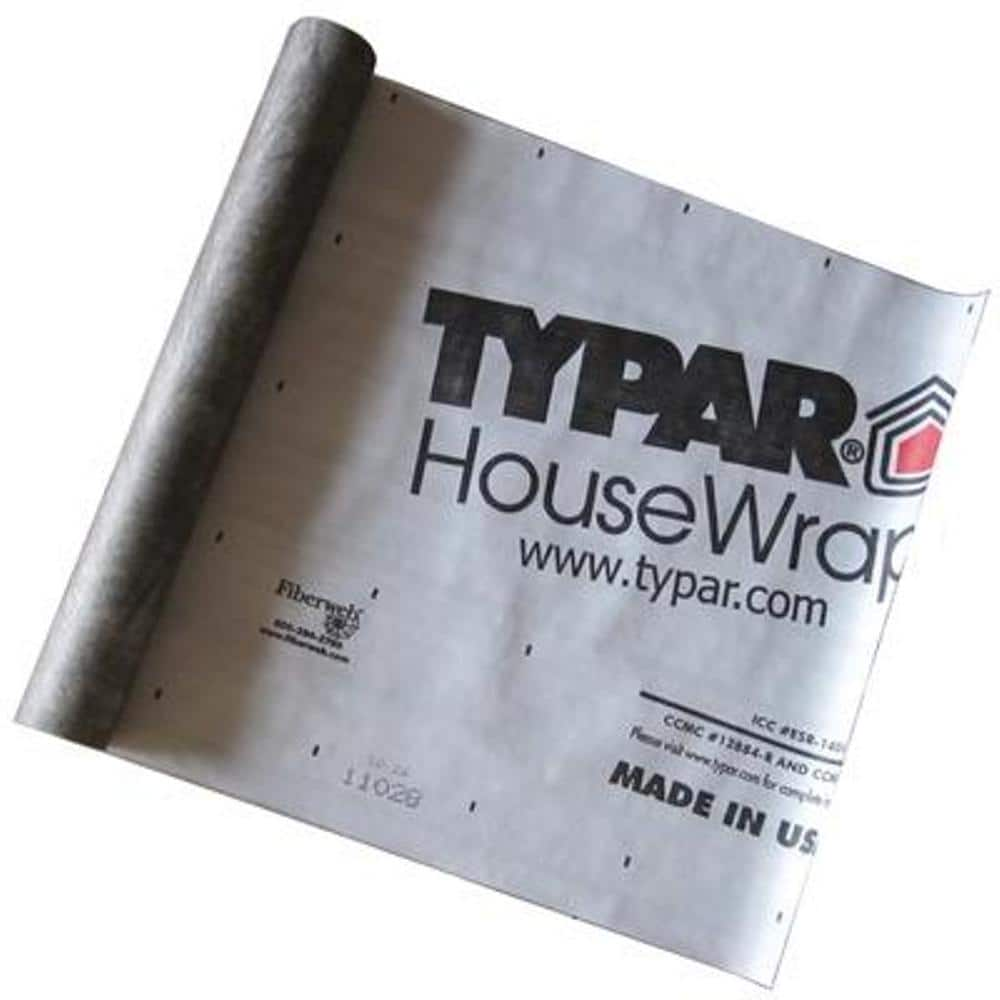I've read much about the benefits of an inside ground sheet and about the benefits of using both an inside and an outside ground sheet. For me, one of the "Fears while paddling or on canoe trips" is getting my sleeping gear and clothing we while in the tent in a heavy/extended rain . I currently use an outside ground sheet but I am considering the "belt and suspenders" benefits of using both. I have two questions for those of you who use inside groundsheets:
1. What material do you use for your inside ground sheet?
2. How do you deploy/attach, etc., the inside ground sheet ?
Thanks!
1. What material do you use for your inside ground sheet?
2. How do you deploy/attach, etc., the inside ground sheet ?
Thanks!

